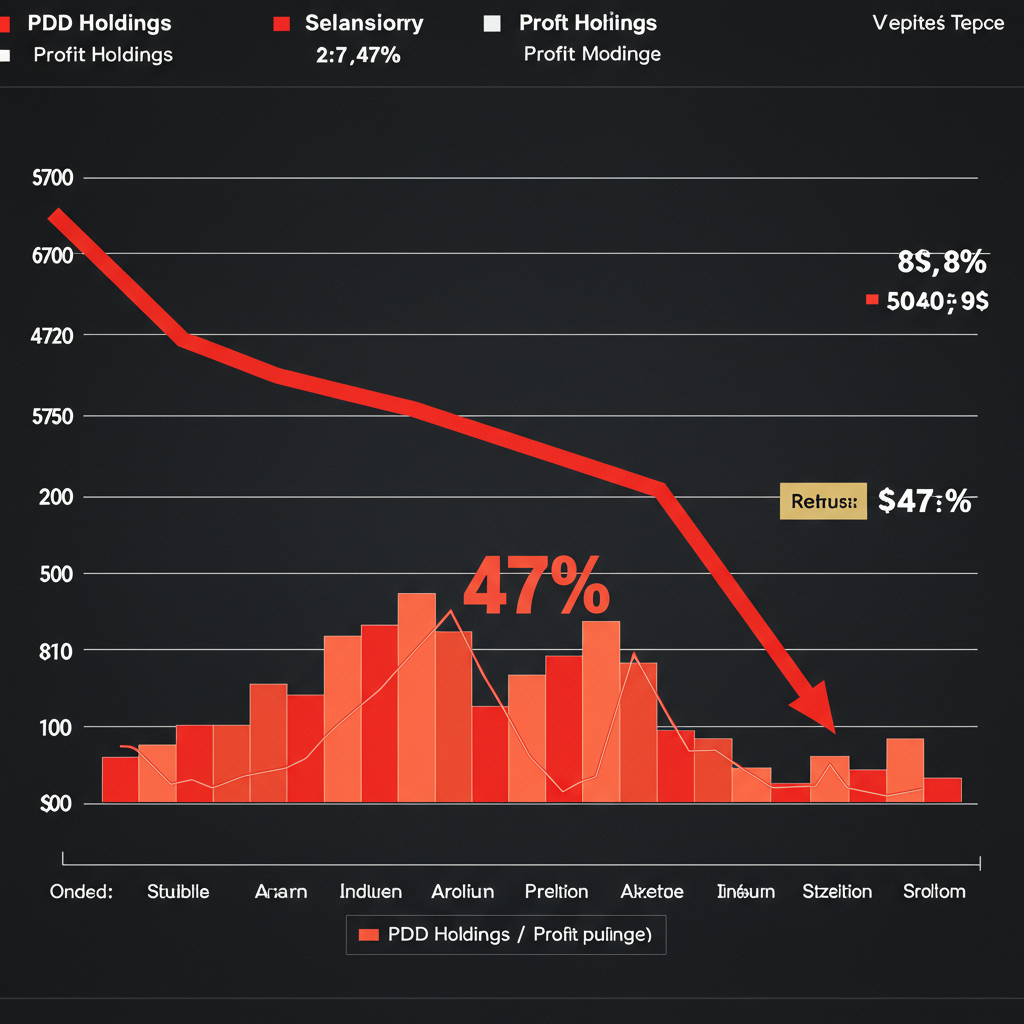China has tightened its grip on the global supply of critical rare earth elements. This move is poised to intensify geopolitical friction. It will also reshape international trade dynamics. Beijing’s sweeping new restrictions impact everything from everyday electronics to advanced military hardware. They signal a strategic escalation. China aims to safeguard national interests and assert dominance over essential industrial resources. This comprehensive overhaul of export controls prevents sensitive materials and technologies from falling into unauthorized hands. This is especially critical amid ongoing trade tensions with the United States. Businesses worldwide now grapple with the profound implications of these strategic curbs on vital raw materials.
Unpacking Beijing’s Bold Gambit on Critical Minerals
Beijing has expanded its regulatory framework for rare earth exports. It significantly broadens the scope of controlled materials and technologies. This decisive action is effective immediately for some measures. Others are phased in by December 1. It solidifies China’s position as the dominant player in the global rare earth sector. The new rules go beyond simple commodity control. They target the entire lifecycle of these crucial elements, from mining to manufacturing.
Expanded Control List: Beyond the Initial Seven
Previously, China controlled seven types of rare earth elements. The latest announcement adds five more critical elements to this restricted list. These include holmium, erbium, thulium, europium, and ytterbium. China now requires export licenses for 12 of the 17 known rare earth elements. Related magnets and materials are also included. This expanded list ensures tighter scrutiny over a larger portion of the global rare earth supply.
Each of these elements possesses unique properties. This makes them indispensable in diverse applications, from advanced lasers to medical imaging. Their value highlights the far-reaching impact of these controls on industries worldwide.
Export Licenses and Technology Controls: A Dual Strategy
The new regulations mandate export licenses not only for the physical rare earth elements. They also cover the critical technologies involved in their entire processing chain. This includes sophisticated techniques for rare earth mining, smelting, and refining. Furthermore, the restrictions extend to technologies essential for magnet manufacturing. Magnets are a crucial downstream application for many rare earths.
This dual strategy — controlling both the raw materials and the know-how — provides China with unparalleled leverage. Foreign firms seeking to utilize rare earths produced in China, or even those processed with Chinese technologies, must now navigate a stringent licensing process. This process is managed by the country’s Ministry of Commerce. It extends China’s influence beyond its borders.
Extraterritorial Reach: Global Implications for Supply Chains
Perhaps the most impactful aspect of Beijing’s new rules is their extraterritorial reach. Chinese nationals and companies are now prohibited from assisting rare earth mining, processing, and magnet manufacturing outside China without explicit government approval. These “long arm” measures become effective on December 1. They mirror the extraterritorial sanctions often employed by the United States. Beijing has frequently criticized such measures.
This strategic shift signals China’s willingness to use similar tactics. It aims to protect its economic and national security interests globally. The move could severely complicate efforts by other nations to diversify their rare earth supply chains. It might hinder the development of new sources or processing capabilities independently. It forces a re-evaluation of international partnerships and investments in the critical minerals sector.
Geopolitical Chessboard: US-China Trade Dynamics
These sweeping rare earth restrictions arrive amidst a backdrop of simmering US-China trade tensions. They also precede an anticipated meeting between Chinese leader Xi Jinping and then-President Donald Trump. The timing underscores Beijing’s intent to assert its leverage in ongoing trade negotiations. The strategic deployment of critical resources as a bargaining chip defines the evolving relationship between the world’s two largest economies.
A History of Friction: Rare Earths in the Trade War
Rare earths first emerged as a flashpoint in US-China relations in April of the previous year. Beijing had then imposed export controls on seven types of rare earth elements and their magnets. This was a direct response to Trump’s “reciprocal tariffs” on Chinese goods. That initial move caused significant disruptions across global supply chains. Industries from automotive manufacturing to defense felt the immediate impact. While a formal deal on rare earth shipments had eventually eased some shortages, the underlying friction remained. The latest curbs show this issue is far from resolved.
The Weaponization of Resources: Beyond Tariffs
The current restrictions highlight a deepening trend: the weaponization of critical resources for geopolitical advantage. Just as the US government leveraged sanctions against Chinese tech companies, China is now deploying its rare earth dominance as a potent tool. This isn’t merely about trade imbalances. It concerns strategic control over materials vital for future technologies and military capabilities. The ability to control key inputs creates immense pressure points.
For instance, the U.S. government under Trump saw significant tariff revenues. It accumulated $190 billion in a year, with $31.7 billion in a single month. These funds primarily entered a general treasury fund. They rarely served as a direct solution to trade-induced economic disruptions or government funding stalemates. This demonstrates the broader, often indirect, economic consequences and political complexities surrounding tariff disputes. Similarly, other nations like Canada experienced significant economic difficulties. This included a 7.1% unemployment rate. US tariffs on key exports exacerbated this. This highlights how global trade tensions, even if not directly related to rare earths, create a volatile environment. Strategic resources become powerful bargaining chips, reshaping international economic landscapes. They force countries to seek new trade exemptions or reassess trilateral agreements.
Safeguarding National Interests: China’s Stated Motivations
China’s Ministry of Commerce explicitly states the new restrictions aim to “safeguard national security and interests.” They seek to prevent these critical materials from being used, directly or indirectly, in “military and other sensitive fields.” This justification underscores a profound geopolitical concern for Beijing.
Preventing Military and Sensitive Applications
The ministry has affirmed it will “in principle” reject license applications for military use. This applies to defense companies and associated entities. Applications involving advanced computing, memory chips, and artificial intelligence with potential military uses will face case-by-case review. This rigorous screening process reflects China’s determination. It controls who benefits from its rare earth resources. It highlights anxieties about their strategic dual-use potential globally.
Protecting China’s Edge in the Electric Vehicle Industry
Beyond defense, Beijing is also keenly focused on maintaining its competitive edge in the rapidly expanding electric vehicle (EV) sector. Simultaneously with the rare earth curbs, China announced new restrictions on lithium batteries and synthetic graphite anode materials. Equipment and technologies used in their production are also under control. These materials are fundamental to EV battery manufacturing.
By controlling their export and associated technologies, China aims to solidify its leading position in the global EV market. This ensures its domestic industries retain a critical supply advantage. The restrictions on new rare earth elements, as well as lithium batteries and related materials, commenced on November 8.
The Global Ripple Effect: Industries on High Alert
The tightening of China’s rare earth export controls sends shockwaves through multiple global industries. Companies reliant on these materials are now scrambling to assess risks and explore alternative strategies. The sheer ubiquity of rare earths means few high-tech sectors remain untouched by these new policies.
From Smartphones to Fighter Jets: The Ubiquity of Rare Earths
Rare earth elements are indispensable components in a vast array of modern technologies. They are found in the vibrating motors of smartphones. They enable the vibrant screens of televisions. They power the efficient magnets of wind turbines. Critically, they are also essential for advanced military applications. These include guided missiles, stealth aircraft, and sophisticated radar systems. The semiconductor industry, a cornerstone of the digital economy, heavily relies on rare earths for polishing wafers and doping materials. Any disruption to this supply directly impacts innovation and production across these vital sectors. The global economy’s reliance on these materials makes China’s controls a potent geopolitical lever.
Diversification Efforts and Future Resilience
The latest restrictions will undoubtedly accelerate global efforts to diversify rare earth supply chains. Many nations have already begun exploring domestic mining operations. They are also developing advanced recycling technologies. Investment in alternative materials and processing methods will likely increase. However, establishing new, fully integrated supply chains is a long-term, capital-intensive endeavor. It requires significant governmental support and international cooperation. This strategic move by China serves as a stark reminder of the vulnerability inherent in over-reliance on a single source for critical resources. It compels industries to prioritize resilience and sustainability in their material sourcing strategies. Companies are now looking at stockpiling, new extraction projects, and innovative substitution methods to mitigate future risks.
Looking Ahead: The Future of Critical Mineral Supply Chains
China’s reinforced rare earth export controls mark a pivotal moment in global trade and resource geopolitics. The decision solidifies Beijing’s strategic control over materials essential for the 21st-century economy and defense. It also signals a new era. In this era, critical minerals are not just commodities. They are powerful instruments of national policy. The move is likely to spur further geopolitical maneuvering. It will intensify the race among nations to secure independent access to these vital elements. The long-term implications will extend beyond immediate trade disputes. They will shape future technological innovation, military capabilities, and global economic stability.
Frequently Asked Questions
What specific rare earth elements and technologies are now under China’s export control?
China’s expanded list now includes 12 of the 17 rare earth elements, with recent additions such as holmium, erbium, thulium, europium, and ytterbium. Beyond the raw elements, the restrictions also cover technologies critical for rare earth mining, smelting, processing, and magnet manufacturing. Furthermore, new curbs were announced on lithium batteries, synthetic graphite anode materials, and their production technologies, aiming to protect China’s lead in the electric vehicle industry.
How might China’s expanded rare earth restrictions impact global industries and supply chains?
These expanded restrictions are expected to cause significant ripple effects across global industries. Sectors reliant on rare earths, including consumer electronics, defense, and advanced semiconductors, will face increased supply uncertainty and potentially higher costs. Companies will need to seek new, diversified sources, invest in recycling, or explore material substitution. The extraterritorial nature of the rules, prohibiting Chinese entities from aiding overseas production without approval, could also complicate efforts by other nations to develop independent rare earth processing capabilities, leading to sustained supply chain vulnerabilities.
What are China’s stated reasons for tightening export controls on critical rare earths?
The Chinese Ministry of Commerce explicitly stated that the tightened controls are intended to “safeguard national security and interests.” A primary objective is to prevent these critical materials from being used, directly or indirectly, in military applications or other sensitive fields by foreign entities. Additionally, the move aims to protect China’s strategic advantage in key emerging industries, particularly the electric vehicle sector, by controlling access to essential materials and technologies like lithium batteries and synthetic graphite anode materials.
Conclusion
China’s dramatic escalation of rare earth export controls represents a calculated strategic maneuver. It is a key move in the ongoing global competition for technological supremacy and national security. By asserting comprehensive control over these indispensable materials and their associated technologies, Beijing fundamentally reshapes the landscape of international trade and industrial development. This move serves as a critical wake-up call for nations worldwide. They must re-evaluate their reliance on single-source suppliers for vital resources. Proactive investment in domestic mining, processing, recycling, and international partnerships will be crucial. This is vital for building resilient supply chains in an increasingly volatile geopolitical environment. Staying informed about these developments is essential for businesses and policymakers alike.




